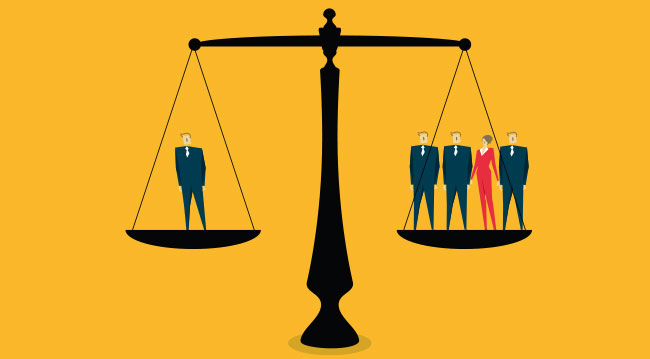What Are the Requirements for a Class Action Lawsuit?
Lawsuits are a common occurrence in the United States, with millions filed each year. Most are for relatively small disputes or sums of money, but occasionally, a major event causes the need for a wider-reaching type of legal action.
Class action lawsuits are one such example. Virtually everybody has heard of these lawsuits, but the intricacies of how they work remain a mystery to most.
What exactly is required to successfully initiate a class action lawsuit with the hopes of obtaining both class certification and a favorable ruling? Keep reading to find out about the criteria.

Minimum Number of Plaintiffs
Unlike in most traditional lawsuits, a class action lawsuit requires multiple individuals who have suffered or who have otherwise been deprived by a single entity (defendant). Broadly speaking, there is no fixed or minimum number required for a class action lawsuit. However, there are practical requirements in terms of the number of plaintiffs that realistically limit the use of a traditional lawsuit.
Virtually any class action lawsuit with 50 or more plaintiffs or plaintiffs will be tentatively approved and can proceed to court. In some cases, class action lawsuits with as few as 20 plaintiffs have proceeded and resolved. Ultimately, a good rule of thumb is several dozen plaintiffs will be needed to successfully pursue any class action lawsuit.
In situations involving businesses or retail products, a judge may grant class certification if he or she believes that the number of people affected by the claims in question are sufficiently larger than a few dozen. In situations such as these where thousands or even millions have potentially been wronged, having a set number of plaintiffs is not required to initiate the suit and grant class certification.

Common Questions of Law
A class action lawsuit ultimately focuses on aiding a large number of people who have been wronged, but does so with a singular focus just like a traditional lawsuit involving a single individual. This means that multiple forms of wrongdoing will generally not provide grounds for class action unless all of the plaintiffs have suffered all of these forms of wrongdoing.
If varying groups of individuals have been wronged by an entity in different ways, then multiple class action suits will likely be needed. Specific actions, damages or wrongdoings shared by all of the plaintiffs in a class action suit are the basic requirements for a successful case.
Additionally, if specific individuals among a class action suit have suffered disproportionately relative to the group as a whole, these individuals may be better off suing independently. In some cases, judges may rule that the specific plaintiffs need to file separately in order to receive optimal results. Also, it is pivotal mass tort lawsuits is a single wrongful action that causes injury to different people.

Attorneys with Expertise
In theory, anybody can initiate a class action suit on behalf of individuals wronged by an entity. However, many judges are reluctant to take a class action case if the legal representation on the case is inexperienced in the matters directly relating to the case itself.
A class action case effectively requires legal representation that is experienced in the field(s) related to the case itself. For instance, a class action case dealing with workplace neglect or endangerment should be represented by lawyers with expertise in this field.
Class action lawsuits are complex and require ample understanding of the law. Ultimately, a large number of people with shared negative impact represented by skilled lawyers is a necessity in order to achieve class certification within most jurisdictions.
